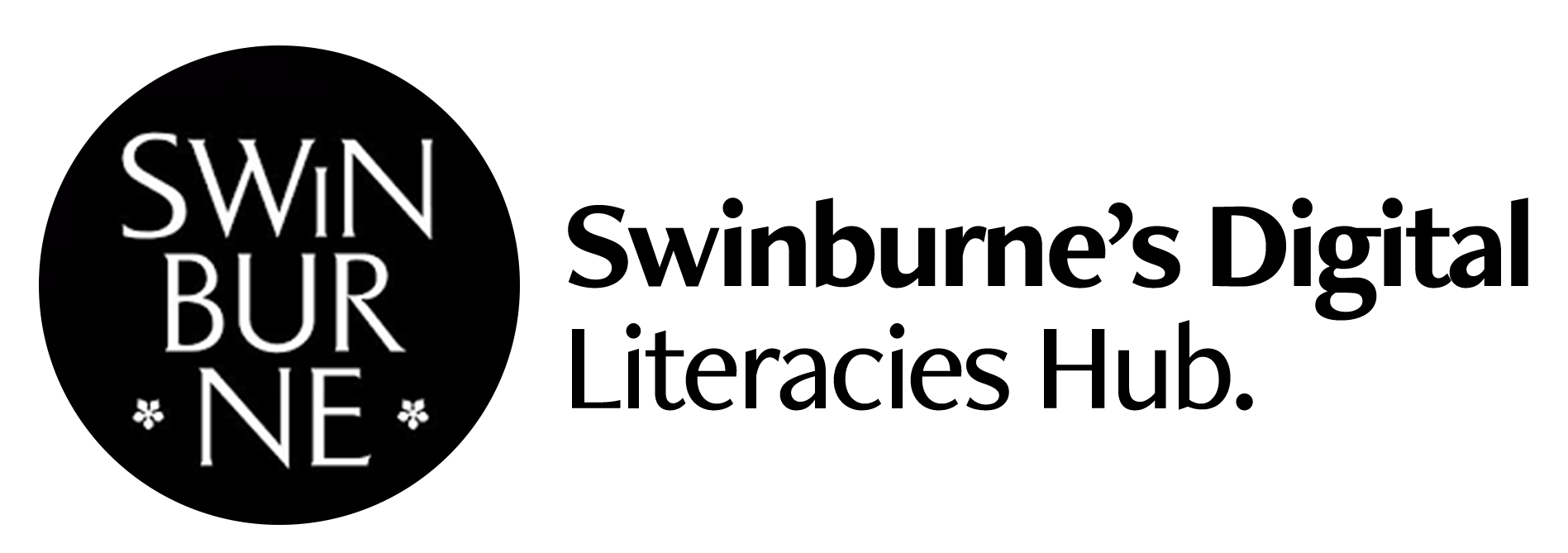Health Sciences
The ‘Digital Craft-Lab’: Co-creating digital artefacts for perceptual-motor learning
In the course, ‘Motor Control and Learning’, staff and students practice (and hopefully learn) a new perceptual-motor skill of our choice. Each week, we implement a motor learning principle in our practice and share our experiences, opening up a rich variety of co-created learning opportunities and digital artefacts. Our challenge is to efficiently communicate our experiences in an appealing and digitally sustainable way. This project creates the ‘digital craft-lab’ - a companion website that will embed digital tools, artefacts, and environments to promote excellence and creativity across student cohorts.
Resources
These resources can be downloaded here and include:
1. Project Instructions
2. Sample
3. Lesson Plan
Background
The project was built around an assessment task. In the task, students and myself practice (and hopefully learn) a new motor skill of our choice. For example, some students learnt to juggle, do parkour tricks, handstands, etc. Each week, we implement a motor learning principle in our practice and communicate this process using a vlog (or video-based blog). Vlogs are then posted to discussion boards on Canvas for peer feedback (and later to be assessed). Some of the topics covered included:
• the role of feedback
• the role of variability
• the role of modelling/observation
• the role of attention
• the role of instruction
• the role of variability
• the role of modelling/observation
• the role of attention
• the role of instruction
Each topic is underpinned by a theoretical framework with supporting evidence that can be applied to help people learn motor skills in a range of contexts (such as sport, physical education, and therapy). So, the vlogs are a vehicle to help students to learn about key theories and evidences and how to apply them.
Problem
A challenge faced by students (and myself), with low levels of digital literacy, is to efficiently communicate challenging concepts in an appealing/engaging way. For example, you can check out one my vlogs done with a low digital literacy. Students do enjoy seeing my vlogs because it gives them a base-line (and perhaps it helps them feel at ease to see me making a fool of myself) but they certainly get little to no love in comment sections.
On the other, we have a student vlog with a high digital literacy, which gets much more engagement and discussion from fellow students. Indeed, one of the key findings when I introduced this assessment was I found that students with a pre-existing foundation of high digital literacy inspired other students to engage in the task and this help other students build confidence and learn theoretical/applied content. So for these reasons I proposed to develop the digital craft-lab to enhance digital literacy across the cohort.
Aim
In a nutshell, the ‘digital craft-lab’ is a companion website that contains student developed tutorials on basic media skills on how to plan, shoot, and edit vlogs using various video editing software including those in Adobe cloud. The idea is by reinvesting what they learn from these tutorials into their vlog, students will build a practical foundation of digital skills. Another feature of the website is that at the end of the unit students can choose to share their vlogs to the website, which I hope will build a sense of belonging and act as a platform for community engagement.
So I have two hypotheses that I will test by integrating the digital craftlab into my unit during Semester 2, 2021. Hypothesis 1 is that that student led digital literacy development will further enhance engagement in the unit (which I will test by measuring discussion board activity and a simple questionnaire). Hypothesis 2 is that the community facing and sustainable features of the of the craft-lab will lead to long term value creation (i.e., create network effects, and reinforce sense of belonging in cohorts over time). To test this hypothesis, I will evaluate the websites traffic over the semester as well as use a questionnaire).
Outcomes
The Digital Craftlab was built over the course semester 1 2021 and can be visited at Motor Learning Craft Lab. A Canvas and Adobe Education Exchange resource integrating this material with the vlog assessment has also been developed and is available for download. If this process is successful, my next steps will be to identify ways of further integrating the concept with my and other units in exercise science and I’d love to do this with other disciplines – so if you find the concept and material useful please don’t hesitate to contact me.
In terms of student feedback about the vlog as assessment vehicle, I have found it a powerful tool to help students learn and make relatable otherwise abstract concepts and material. In terms of the process of developing the Digital Craftlab – the main feature has been working with past student alumni (Eloise Gardner and Alan Thai) who developed the digital literacy tutorials. In think this approach has many benefits. For example, on the one hand it helps past students develop professionally. On the other hand, it also makes the material more relatable for the intended audience.
Enjoy, and a big cheers up to the Digital Literacy Crew and Adobe for the support.
